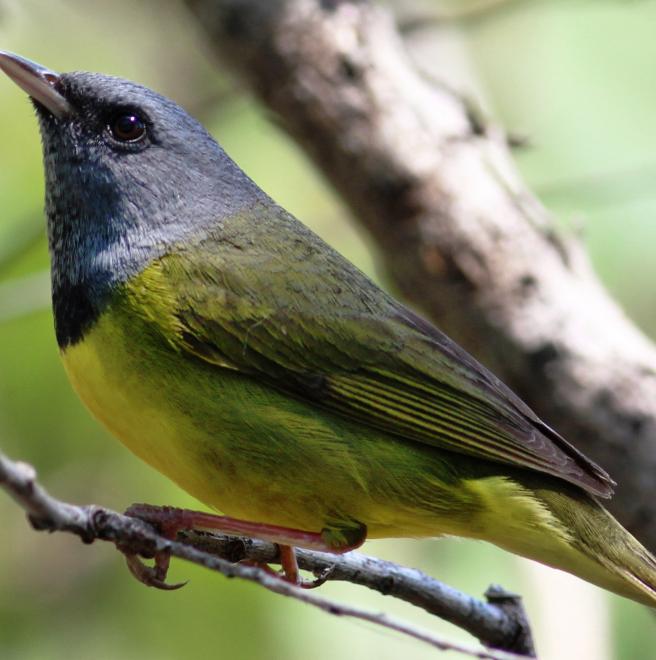

The Mourning Warbler may be better able than most to cope with a northward shift in range. It is highly migratory, and its preferred breeding habitat is dense second growth, which appears relatively quickly. This is all good news in light of Audubon’s climate model projection that the species may lose 96 percent of its current summer range by 2080, with a limited chance of expansion. If the birds are unable to quickly adapt to a new summer range, they will be in serious trouble as a species. Mourning Warblers spend the winter in southern Central America and northwestern South America, so the model makes no winter predictions.
Explore more birds threatened by climate change around the country.





















It's easier than you think to make a difference. Become an Audubon member today to help birds facing climate change.